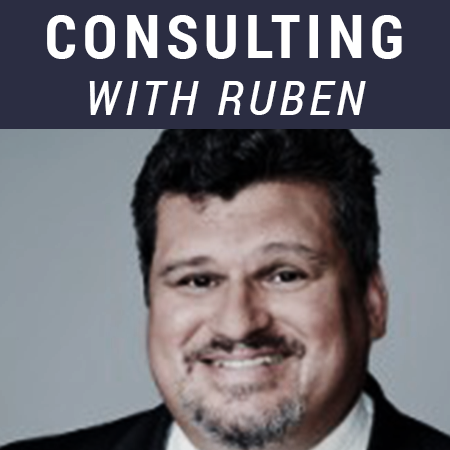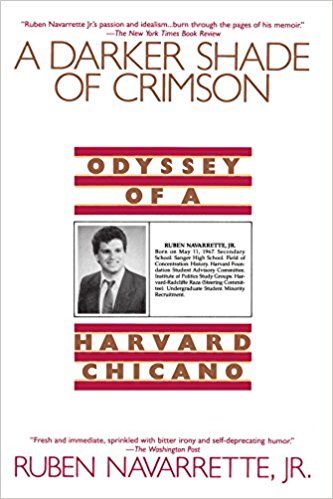The three amigos of immigration enforcement — President Donald Trump, Attorney General Jeff Sessions, and Acting Immigration and Customs Enforcement Director Thomas Homan — are shamelessly vilifying Oakland Mayor Libby Schaaf.
That’s odd. These bullies usually only terrorize lowly Mexican immigrants. The power dynamic shifts when they pick on a U.S. citizen and elected official with a soapbox.
The amigos are no match for Schaaf. Their accusations are false. Their arguments are full of holes. And now their lies have been exposed.
Besides, Schaaf knows how to fight back. When the amigos attacked her, she said out loud what many Americans have already figured out: Trump’s immigration crackdown — in California and across the country — is driven not by a desire for border security or safe streets but by anti-Latino racism.
Same old story. If this were the late 1700s, and the purge were being led by Benjamin Franklin, the target would be German immigrants — including perhaps some named “Trump.” Now, it’s the Mexicans’ turn to be picked on.
Schaaf knows the script, which is why the administration needs to keep her quiet by trying to push her around. The Justice Department claims to be investigating her, and the amigos accuse her of aiding and abetting illegal immigrants to elude federal agents in the lead up to a recent raid in Oakland.
All Schaaf did was alert the public, on Feb. 24, of an impending four-day operation by the federal government in her city — dubbed “Operation Keep Safe” — that she feared would cause chaos for residents. She posted the warning on Twitter.
Heavens, I do hope she can avoid the electric chair.
Conservatives — whose passion about immigration often far exceeds their knowledge of the topic — compare Schaaf to someone who drove the getaway car for a bank robbery. The digital media site HotAir.com said she “gang-signals illegals.”
Por favor. First, Schaaf swore an oath, but it wasn’t to Washington; she doesn’t take orders from the federal government any more than immigration agents take orders from local municipalities that make meaningless declarations of sanctuary. Second, it’s absurd that ICE — which routinely alerts employers of impending raids, which leads to employers informing workers, which leads to workers mysteriously not showing up for work that day — is now suddenly concerned about secrecy. And third, if Californians want to punish the accomplices for illegal immigration, all they have to do is round up the U.S. citizens who employ them — to pick peaches, build homes, raise kids, clean houses, and do every other chore that entitled Americans think is beneath them.
Recently, the administration’s case against Schaaf fell apart. Both Sessions and Homan have said that 864 “criminal aliens” skedaddled because Schaaf tipped them off. They arrived at that figure by taking the number of targeted immigrants — which media reports put at “nearly 1,100” — and subtracting the number they actually arrested, which officials claimed was 232.
But there is no proof that those 864 “criminal aliens” had access to Twitter, saw that tweet, or even that they read English well enough to understand it if they had seen it.
It gets worse. The whole “nearly 1,100” number is phony. That was just the target, which ICE never hits. Former ICE Director John Torres has said the agency typically captures about 40 percent of people it targets in sweeps.
And worse. James Schwab, a former ICE spokesman for Northern California, resigned on March 9 to protest what he called “false and misleading” public statements by Homan, Sessions and Trump about Schaaf and the operation. A dozen U.S. senators have signed a letter to the Inspector General of the Department of Homeland Security, asking him to investigate Schwab’s claims.
And worse. The administration is now saying that three of the people Schaaf supposedly helped escape were later arrested on other crimes. Yet, an ICE spokesman confirmed that the arrests took place far from Oakland — in Sacramento (80 miles away), Los Banos (110 miles away), and Tulare County (220 miles away). There is also no evidence that the three men have ever been to Oakland.
What a circus. This is what happens when a news story is polluted by politics and personal agendas. The first thing you lose sight of is the truth.
During Holy Week, Schaaf’s bravery in the face of slander and spin recalls a certain Bible tale about a boy who took on a giant with no more than a sling. And we know how that story turned out.
Ruben Navarrette’s email address is ruben@rubennavarrette.com. His daily podcast, “Navarrette Nation,” is available through every podcast app.
(c) 2018, The Washington Post Writers Group





